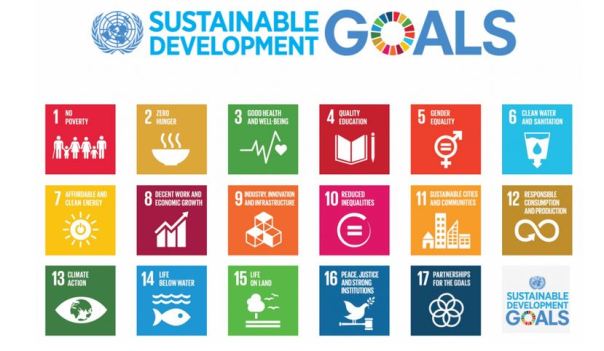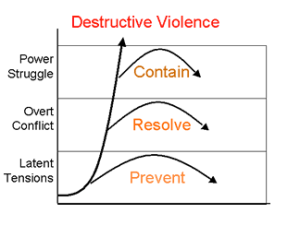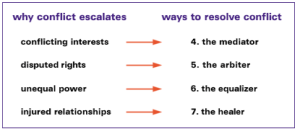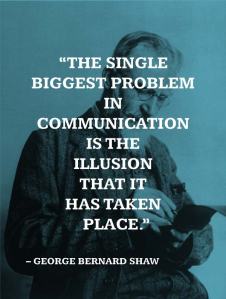
Save The Children is a US based nonprofit that targets quality of life issues for children in over 120 countries. Their work focus is on health, education and disaster/emergency relief. In the United States they manage several early childhood education programs such as Head Start in low income areas as well as other ECE models. Their web site shows 133 current openings. One opening that looks appealing is a Save the Children Action Network Field Coordinator. This role is responsible for grassroots coordination of volunteers, canvassers and college campus events. I like the idea of working so intensely within a community to spread awareness and support.
The “Organisation Mondiale pour l’Education Préscolaire” (World Organisation for Early Childhood Education and Care) aka OMEP would also be a very engaging organization to work for. The OMEP web site states its “objectives are to defend and promote the rights of the child with special emphasis on the right to education and care worldwide.” They are based out of Paris, France and appear to be an umbrella organization for multiple, transnational collaborations. Their web site is a hub for research and information relative to quality of life for children. I see that they mainly serve as an international forum for representatives from around the world to meet and discuss joint goals. I believe in order to become a member of OMEP, I must continue to grow professionally and gain authoritative knowledge and expertise within my field. I do not see opportunities to work specifically for them but volunteer as a contributor to their global efforts.

Like the agencies mentioned above, UNICEF also champions the rights of children but on a global scale. Consequently, the projects that UNICEF is leading at any given time are countless. Most of the work they do falls under the categories of Child protection and social inclusion, child survival, education, emergency relief, gender equality and research and knowledge exchange. Also unlike the two programs mentioned above, employment opportunities with UNICEF are vast- world wide, albeit many are internships. I would like to work for one of their field offices in Latin America. If I had to chose one specific country it would be Cuba. I wrote to the UNICEF office in Habana to ask them specifically what they are working on and how many people their team consists of.








